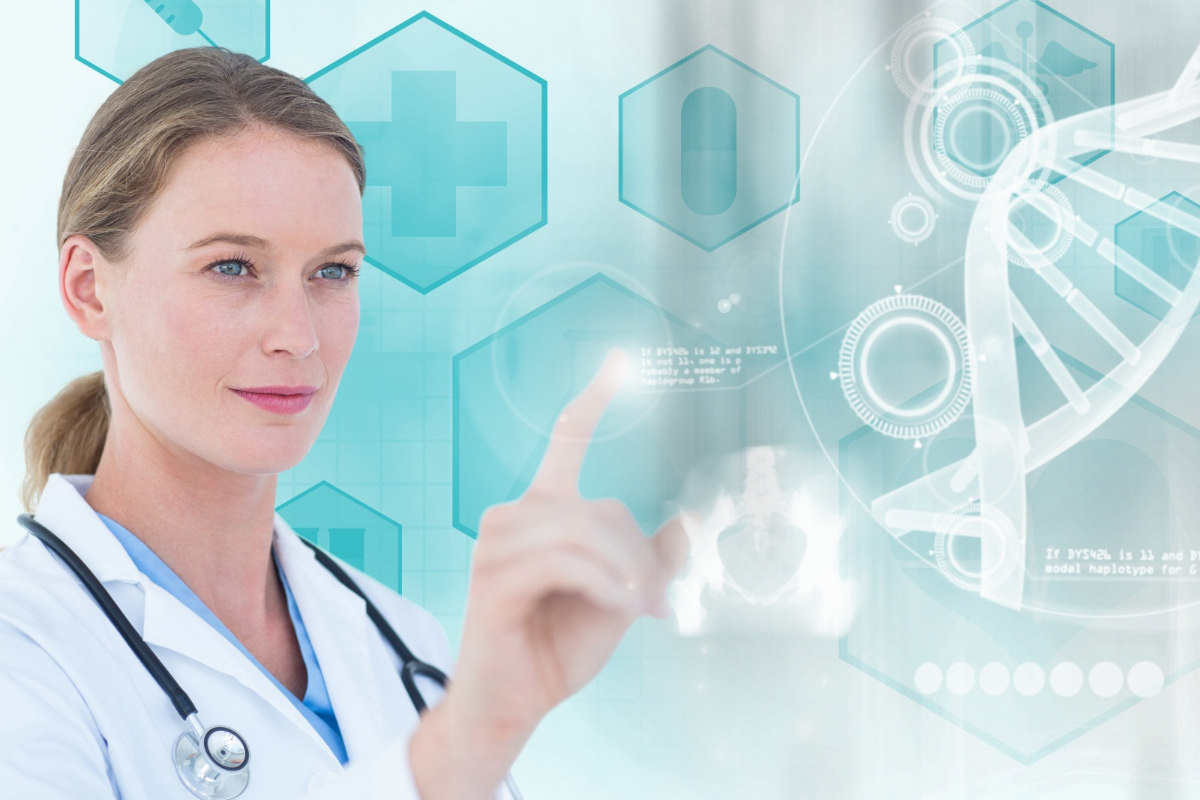


Advancements in communication networks have significantly improved the management of medical records. An increasing number of hospitals and private practices are now adopting electronic medical records, which facilitates easier transitions for patients when changing healthcare providers and streamlines the filing process.
Medical technology encompasses the devices, treatments, and procedures that are designed to save and enhance lives.
Often referred to as “MedTech,” this broad category includes various healthcare items used to diagnose and treat human ailments. The aim of these technologies is to provide faster diagnoses, less invasive treatment options, shorter hospital stays, and quicker therapies, all while also focusing on reducing costs.
Medical technology includes a wide array of components such as medical devices, information technology, biotechnology, and healthcare services. Alongside these advancements, it’s important to consider ethical and social implications. For example, instead of relying solely on subjective reports, healthcare providers can leverage technology to find objective data.
Doctors utilizing AI tools have shown a marked decrease in diagnostic errors, leading to better health outcomes and longer lifespans for their patients. Thus, the role of technology in healthcare continues to grow as it aids professionals in safeguarding patients and enhancing overall results.
From nurses managing patient data with clipboards to doctors using stethoscopes to monitor heart rates, technology has always played a crucial role in medicine.
However, the integration of technology in healthcare has surged in recent years. Modern innovations improve not only patient care and safety but also enhance efficiency, reduce effort, and lower costs for hospitals, treatment facilities, and individual patients.
Here are some key technologies reshaping the healthcare landscape:
Augmented Reality (AR) overlays digital information on the real world, while Virtual Reality (VR) offers a fully immersive digital experience. Although only about 25% of AR is virtual, VR is predominantly digital (about 75%). Unlike AR, VR typically requires specialized headgear. While AR users engage with their real surroundings, VR users explore entirely fabricated environments.
These technologies can also enhance complex surgical procedures, helping medical professionals process information more efficiently and receive real-time feedback for managing specific conditions.
More consumers than ever are using personal health devices that empower them to take charge of their health awareness.
These digital tools—ranging from heart rate monitors and insulin pumps to fitness trackers—can improve overall health and decrease the demand for emergency room visits and doctor appointments.
Wearable technology encompasses devices that people can attach to their bodies to collect health and fitness data, which can then be shared with healthcare providers, insurers, and others as necessary. Examples include fitness trackers, blood pressure monitors, and biosensors.
Wearables are another innovative technology transforming healthcare. These devices, designed to be worn on the body, not only track typical fitness metrics but also gather a variety of health data.
With the ability to monitor multiple health parameters, wearables hold great potential for improving patient outcomes by leveraging this data.
Typically referred to as “wearables,” these electronic devices can be worn as accessories, embedded into clothing, or even integrated as tattoos on the skin.
The medical tricorder is a portable and handheld diagnostic tool that allows users to assess their health and check basic vital signs. While this technology isn’t widely available yet, various researchers and innovators are actively working on its development and enhancement. The general expectation is that it will serve multiple functions, reminiscent of a Swiss Army Knife, capable of non-invasive readings for pulse rate, humidity, and blood flow, and generate health evaluations based on the data it gathers, either independently or via connections to online medical databases.
AI offers significant benefits by streamlining or augmenting the roles of healthcare professionals. It serves as a powerful tool for doctors to enhance their efficiency and improve patient care, automating many repetitive tasks.
The use of AI has been shown to drastically reduce misdiagnoses, contributing to longer and healthier patient lives.
As it continues to support healthcare providers in saving lives and improving outcomes, the relevance of technology in this field is expected to grow steadily.
Telehealth offers a convenient and user-friendly way for patients to receive care from their physicians. Apps like iTriage and Doctor on Demand enable video consultations with doctors at any time and from anywhere.
This approach not only saves time and money by eliminating the need for office visits but also facilitates faster diagnoses. Additionally, it provides a practical solution for individuals with transportation limitations or those who are homebound. For example, iTriage offers online prescriptions across more than 50 medical specialties.
By harnessing artificial intelligence, genetics, and extensive data analysis, pharmaceutical companies can develop new medications faster than ever.
As creating new drugs can exceed $1 billion in costs, the industry is increasingly leveraging technology to streamline processes.
AI assists researchers in identifying potential treatment targets for genetic diseases using comprehensive phenotypic data, moving away from traditional, time-consuming trial-and-error approaches that can take decades to yield results.
Robotics is another key area where technology is revolutionizing healthcare. Robots are now used for various tasks, including surgeries, rehabilitation, and diagnostics.
Possessing great potential, robots can perform delicate operations with precision and can operate continuously without fatigue.
Thanks to medical robots, the healing process is becoming quicker, safer, and more intelligent for both patients and caregivers. Furthermore, they alleviate the burden on nurses and healthcare teams, promoting better interaction, autonomy, and care planning for patients.